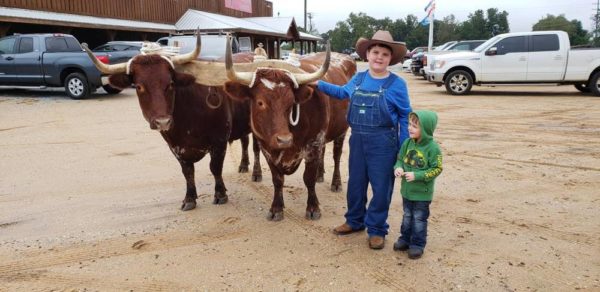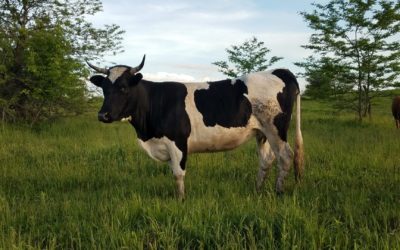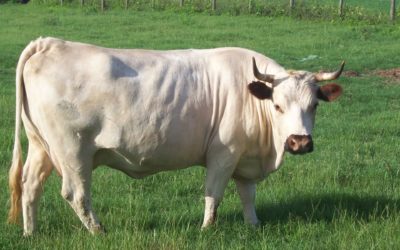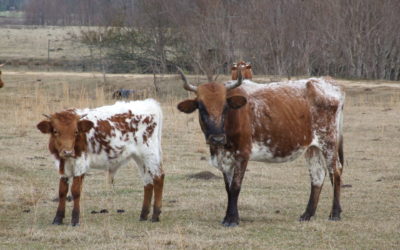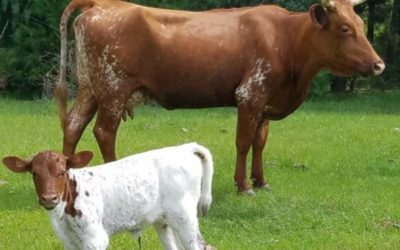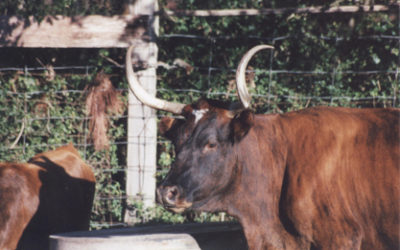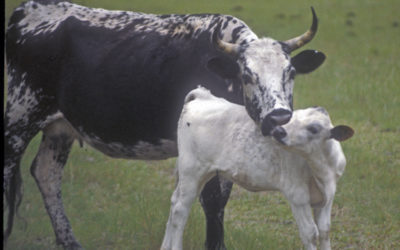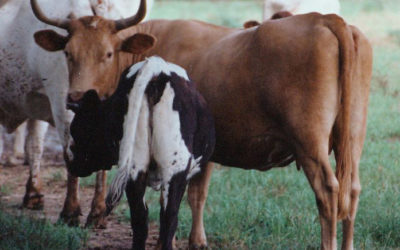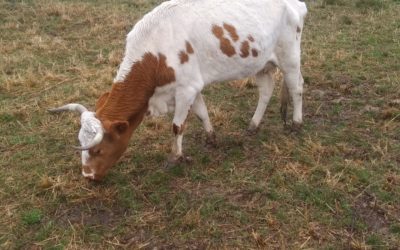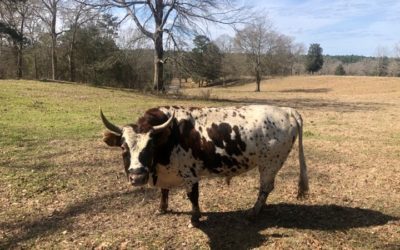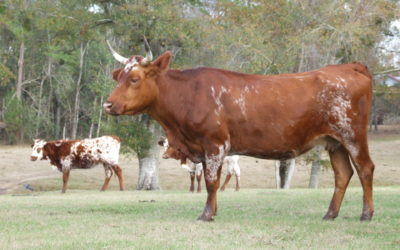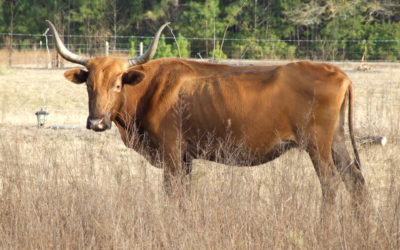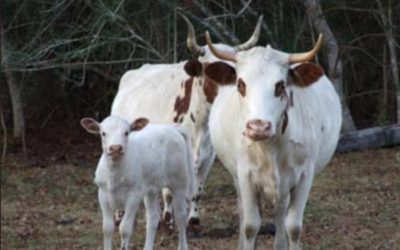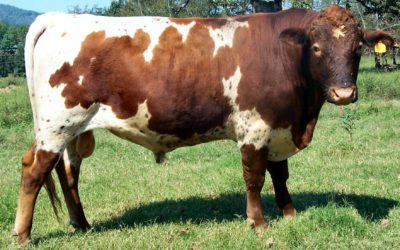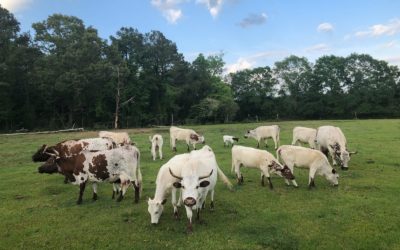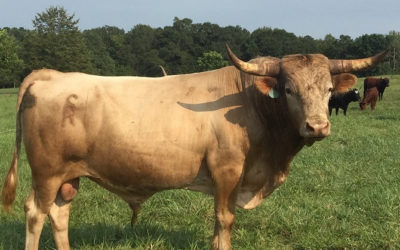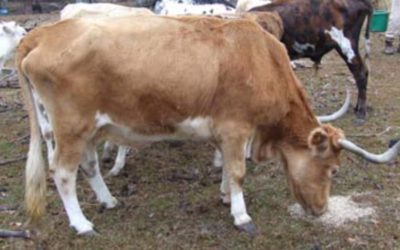Strain Preservation
With the help of small and large breeders alike, we hope to ensure that no further strains are lost to extinction.
Family Strains
Dr. Sponenberg’s Research
“Beginning in the later part of the 1980s, Dr. Phil Sponenberg, technical advisor to the American Livestock Breeds Conservancy, embarked on a mission to investigate rumors that herds of old timey, Southern stock persisted in isolated communities throughout the Deep South. Countless miles were driven and hours were spent searching, locating, and documenting these flocks and herds. From Georgia down into Florida, back up into Alabama, and across into Mississippi, he traveled in search of these animals. Fortunately, it was a rarity that he failed to find his quarry. Many people who believed they were the last to hold this type livestock discovered that there were indeed others in isolated areas that still held these cattle. Georgia and Alabama held one herd each with Mississippi having 12 herds of different strains of Pineywoods cattle (not to mention flocks of sheep, goats, and Cotton Patch geese). The Floridians chose to go their own way.”
Excerpt from An Overview and History of Pineywoods Cattle by Justin Pitts with strain commentary by Dr. Phillip Sponenberg, DVM, PhD
There are over 20 different strains of Pineywoods cattle today. Some are relatively secure, representing a large percent of the rare breed. Other bloodlines are on the verge of extinction, several only exist in percentages, and still others have already gone extinct.
Several of these lines have only been recovered (or survive at all) due to the careful stewardship of one or two dedicated cattlemen. It is very likely that without selective and dedicated breeding, several more strains will be extinct in the near future.
Independent
Strains with enough genetic material to maintain their own individual status with less than 1/8th influence from other strains, These strains are in excellent or fair condition.
High Risk
Independent but the level of other strain influence is greater than 1/8th. These are in need of dedicated breeders now to prevent extinction. These strains are in poor or critical condition.

